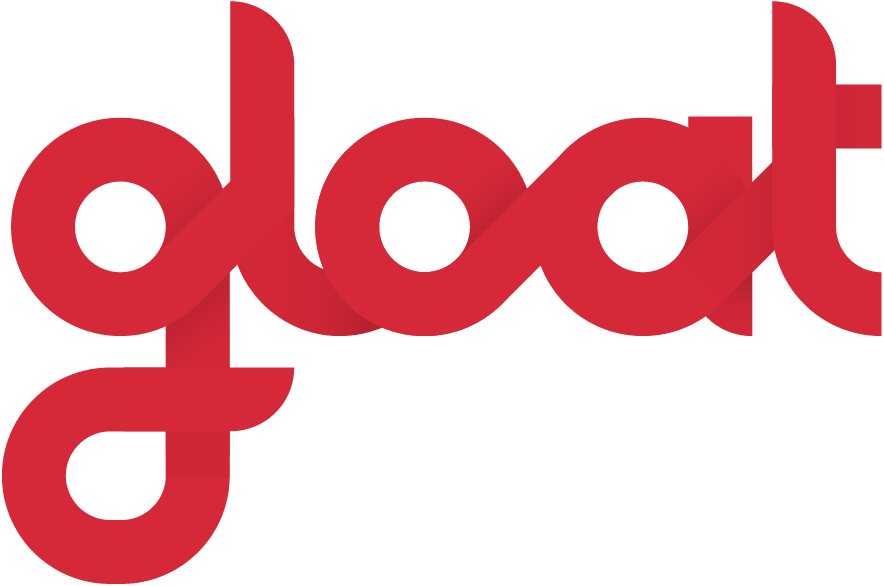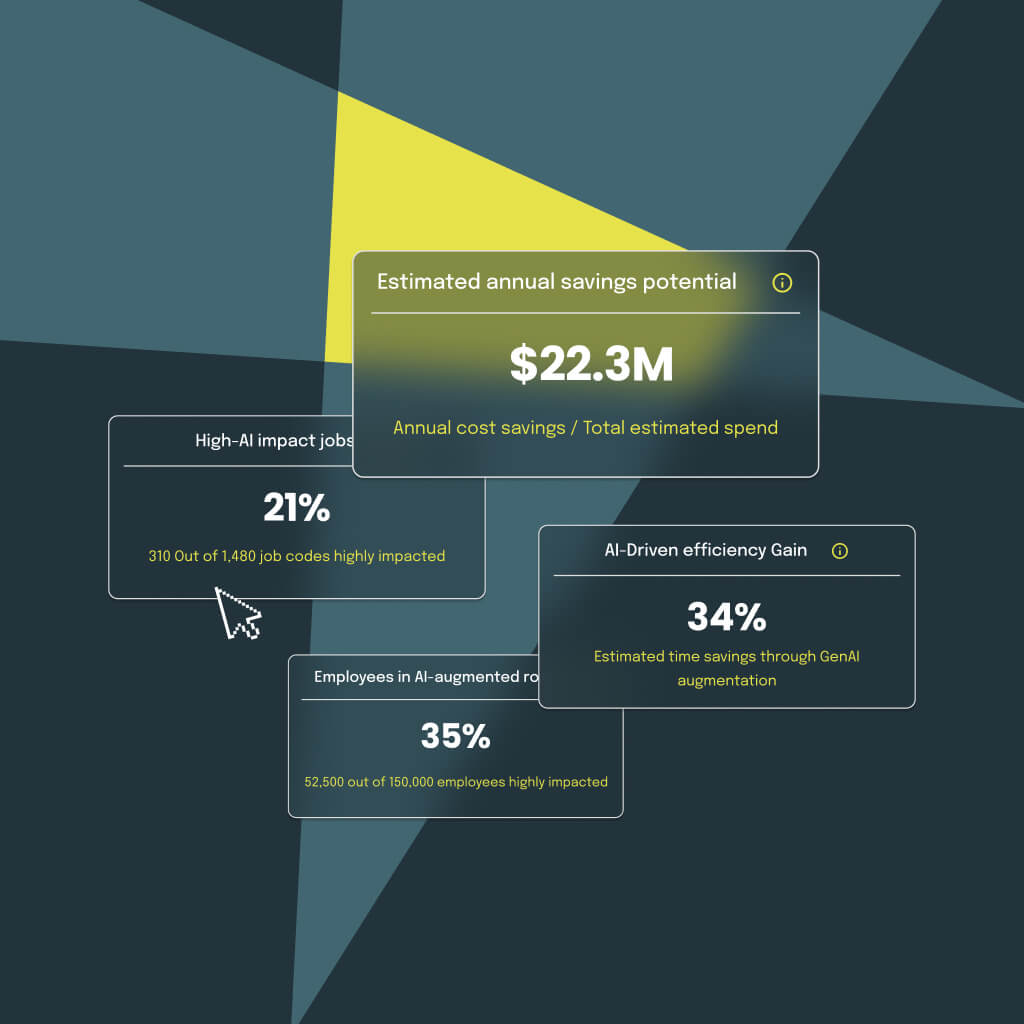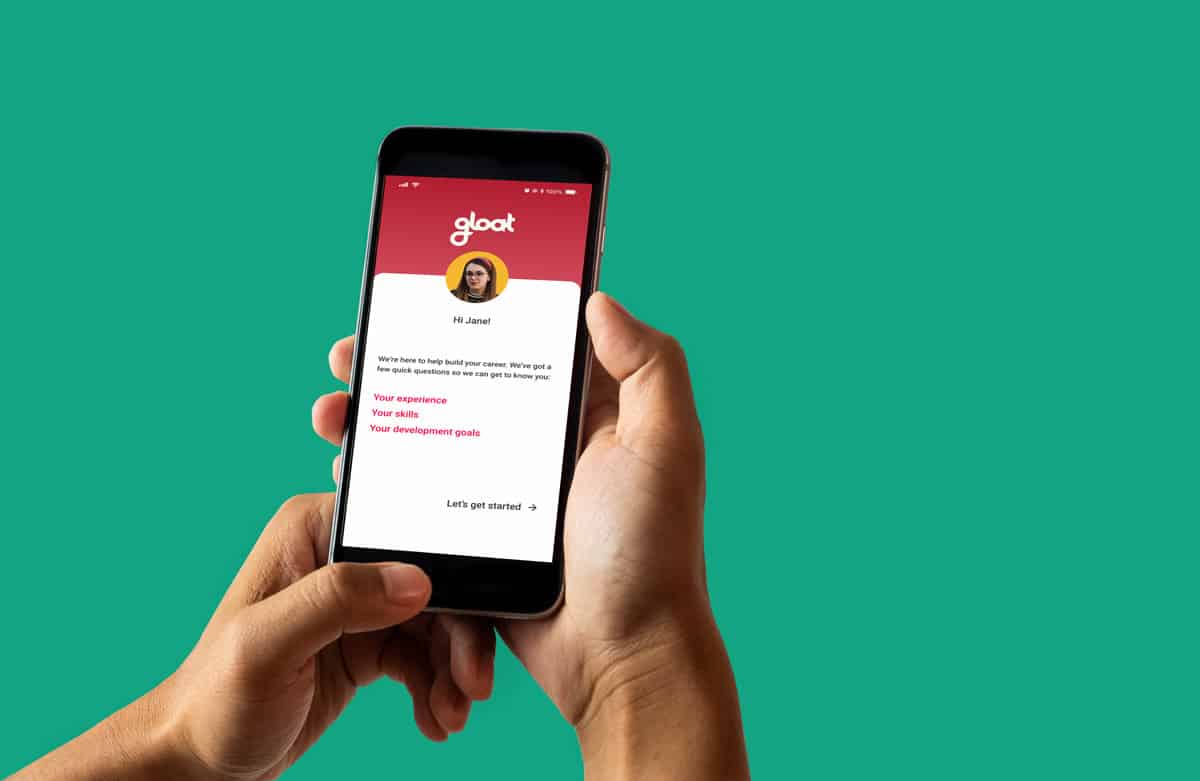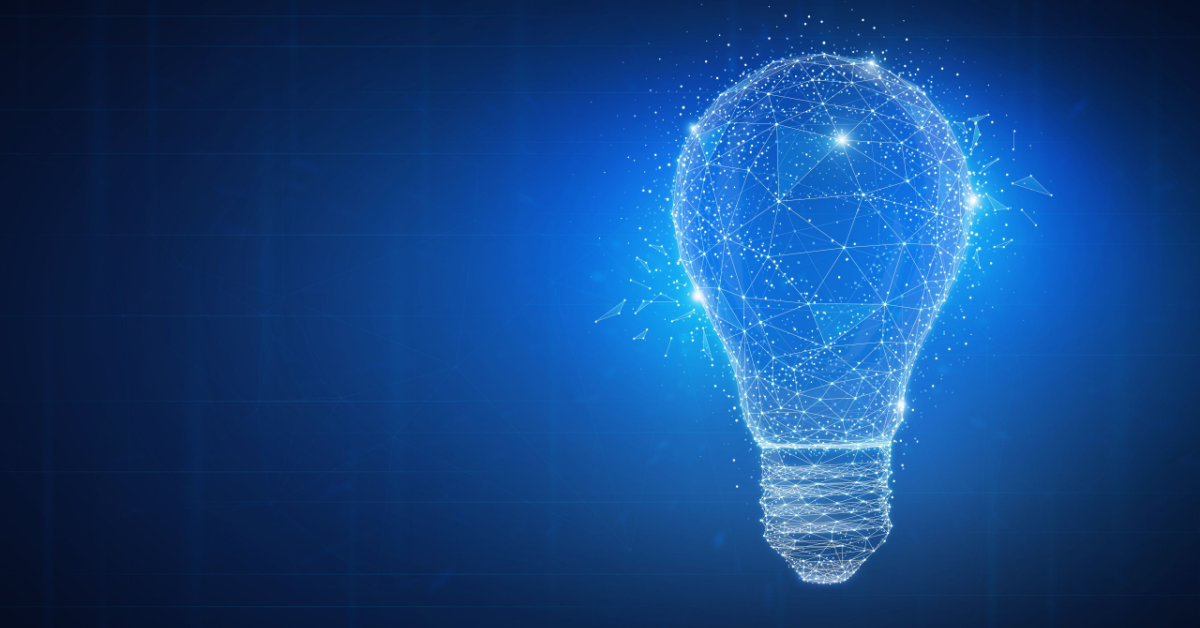Does AI Increase Productivity? Unpacking the Impact of Artificial Intelligence
Learn how to do more with less by orchestrating human AI collaborations

AI can increase productivity by automating repetitive tasks, accelerating decision-making, and enabling employees to complete work faster and more accurately. When implemented strategically and integrated into human workflows, AI can enhance efficiency by as much as 40% for highly skilled employees, according to recent studies.
But here’s the catch: simply buying AI tools doesn’t guarantee these results. While AI spending has skyrocketed from $2.3 billion in 2023 to $13.8 billion in 2024, only one in four executives are actually seeing significant business impact. The difference between companies that realize AI’s productivity potential and those that don’t comes down to how they implement these technologies and prepare their workforce to use them effectively.
What do we mean by “productivity” in the age of AI?
Productivity in the AI era goes beyond the traditional concept of “more output per hour”. It’s about fundamentally changing how work gets done; not just doing existing tasks faster, but reimagining entire workflows to eliminate bottlenecks, reduce errors, and free up human employees for higher-value activities.
True productivity gains happen when AI doesn’t just speed up existing processes but enables entirely new ways of working. The challenge is that many organizations see impressive technical metrics—system uptime, processing speed, user adoption rates—without being able to connect those numbers to real improvements in business outcomes. That disconnect is what separates organizations successfully leveraging AI from those caught in the AI productivity gap.
How AI increases workplace productivity
Exactly how does implementing AI into workflows lead to more productive processes? A few ways include:
#1. Task automation and repetitive work reduction
AI excels at taking over tedious, repetitive tasks that drain employee time and energy. From data entry and invoice processing to scheduling meetings and sorting emails, AI systems handle these routine activities with remarkable speed and accuracy. This frees employees to focus on work that requires human judgment, creativity, and relationship-building.
#2. Enhanced decision-making through data analysis
AI’s ability to process and analyze massive amounts of data in seconds transforms how organizations make decisions. Instead of relying on gut instinct or limited sample sizes, leaders can base strategies on comprehensive analysis of patterns and trends that would take human analysts weeks to uncover.
#3. Improved communication and collaboration
AI-powered tools break down communication barriers and streamline collaboration across teams and time zones. Translation services, intelligent meeting summarization, and automated documentation help information flow more freely. When employees spend less time hunting for information or clarifying miscommunications, they spend more time actually doing meaningful work together.
4. Personalized workflow optimization
AI systems can learn how different people work best and adapt to support their specific needs, surfacing relevant information at the right time, prioritizing tasks based on individual work patterns, and suggesting optimal scheduling. This personalized optimization represents a fundamental shift from one-size-fits-all productivity tools to systems that recognize variances in how people work.
#5. Predictive capabilities and proactive problem solving
Perhaps AI’s greatest productivity contribution is shifting organizations from reactive to proactive operations. Predictive AI systems identify potential problems before they become crises, spot opportunities before competitors notice them, and forecast resource needs before shortages develop. The productivity gains come not just from working faster but from working smarter and addressing challenges before they compound.
Examples of AI Productivity Gains
If you’re looking for some tangible instances in which AI helped people do more with less, look no further than…
#1. Customer service operations
AI has transformed customer service into a scalable, efficient function. Chatbots and virtual assistants handle routine inquiries 24/7, resolving common issues without human intervention while seamlessly escalating complex problems to human agents.
#2. Sales team performance
AI reshapes sales productivity by eliminating the guesswork from prospecting. Instead of sales representatives spending hours researching leads, AI systems analyze buying signals, score leads based on conversion probability, and suggest optimal outreach timing and messaging.
#3. Data analysis and reporting
What once required specialized analysts spending days pulling and interpreting data now happens in minutes with AI-powered analytics tools. These systems automatically generate reports, identify anomalies, spot trends, and explain what the data means in plain language. Teams can base decisions on timely, comprehensive analysis instead of waiting for outdated reports.
#5. Coding and software development
AI coding assistants accelerate software development by suggesting code completions, identifying bugs, and generating entire functions based on natural language descriptions. AI tools also help maintain consistency across large codebases and catch security vulnerabilities before they make it to production.
#6. Writing and content creation
AI writing tools handle first drafts, brainstorm ideas, adapt content for different audiences, and optimize copy for search engines and readability. Organizations using AI for content creation can easily produce more work on tighter deadlines, while human editors ensure the content is tailored, relevant, and aligned with their organization’s mission and tone of voice.
Why is human oversight still necessary with AI?
For all its capabilities, AI still needs human judgment to deliver reliable results. AI systems can produce outputs that sound convincing but are factually wrong, miss important contextual nuances, or make recommendations that technically optimize for the wrong outcome.
The most productive approach isn’t replacing humans with AI; it’s forging impactful human-AI collaborations where each contributes their strengths. Humans provide context, ethical judgment, and creativity. AI provides speed, consistency, and data processing power. Organizations that treat AI as a collaborative partner rather than a replacement consistently see better productivity outcomes.
Will AI continue to boost productivity?
The trajectory is clear: AI’s productivity impact will only grow as the technology advances and organizations learn to implement it more effectively. However, the productivity gap between AI leaders and laggards will likely widen dramatically. Organizations that build the right foundations now by creating task-level visibility into work processes, establishing clear success metrics, and developing their workforce to collaborate effectively with AI will compound their advantages over time.
Companies that successfully bridge the AI productivity gap don’t just implement AI solutions; they redesign how work is executed by prioritizing human-AI collaboration and equipping employees with the skills needed to harness these systems effectively.
Ready to transform your AI investments into measurable productivity gains? Discover how Gloat Signal can help you quantify automation potential, calculate precise ROI, and identify the strategic priorities that will generate the greatest returns for your organization.
